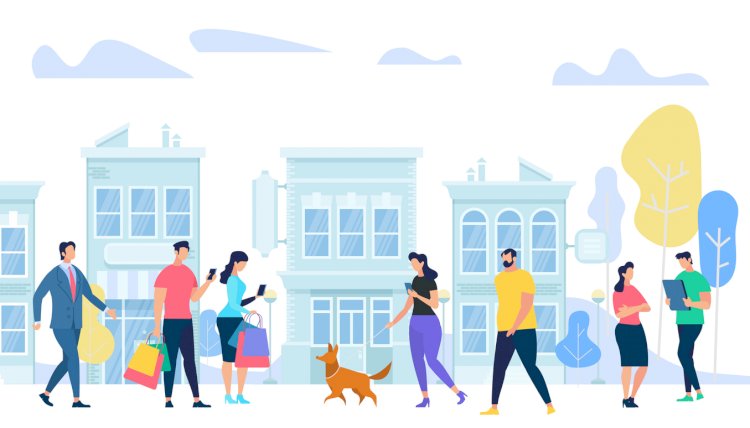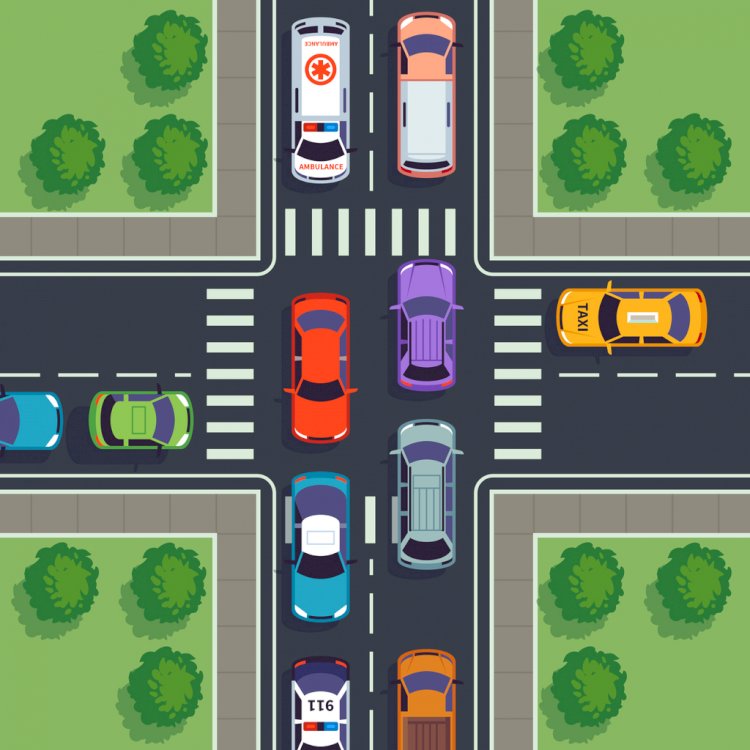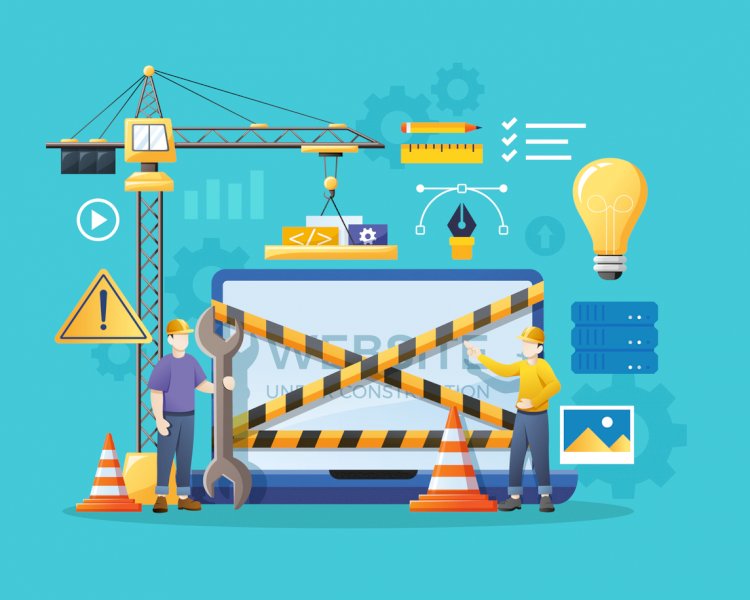5 Ways AI Can Help Modern Urban Planning
Artificial intelligence is beginning to touch every aspect of our lives. From changing the way businesses make goods to the digital assistants on our phones and in our homes, it’s becoming difficult to go even half a day without using AI in some way.

Artificial intelligence is beginning to touch every aspect of our lives. From changing the way businesses make goods to the digital assistants on our phones and in our homes, it’s becoming difficult to go even half a day without using AI in some way.
Increasingly, AI is being used by city planners and governments when determining where and how to make new developments, taking the human element out of the equation.
Here are 5 ways increased use of AI can help fuel modern urban planning:
Improved Diversity of Properties

Often, when cities want to expand housing or other buildings quickly, they resort to cookie-cutter developments that all end up looking the same.
While this does take a lot of the time, money, and effort out of rapid development, it also leaves neighborhoods looking largely the same. That can decrease the overall character of an area, making it less aesthetically pleasing and, as a result, less attractive to some inhabitants.
Additionally, because these homogeneous developments all come with the same features, they’re less accessible and liveable for people who need different things out of their spaces, such as disabled residents who may need larger hallways or single-level living spaces.
Using AI to plan neighborhoods and developments, on the other hand, allows city leaders to take into account all the variables that make neighborhoods and their residents unique, and help plan spaces that work for everyone.
This allows modern neighborhoods to look more as if they sprang up spontaneously, with different architectural styles, floor plans, and designs, giving neighborhoods more character and life in their buildings.
More Customizable Buildings
Part of why many modern neighborhoods can be built so quickly is the lack of customization in buildings. Developers or homeowners are given a set grouping of floor plans, design schemes, and minor additions (front porch, or no front porch?) to choose from, but they can’t deviate from that list.
On the other hand, custom designing and building every single home and building in a neighborhood takes an incredible amount of time and money. Architects need to work with each property’s individual stakeholders, working through their list of wants and needs, designing each property separately.
When using AI for this task, however, a series of data points can be analyzed quickly by the computer, and a more customized design can be produced. Even making adjustments to existing designs takes a much shorter amount of time.
If a developer is creating a grouping of condos, for example, they can give the AI all the information it needs - number of units, square footage, number of rooms, etc. The AI can then spit out uniquely designed units exactly to those specifications, removing the human element.
This allows more unique, interesting neighborhoods to be built in less time and for less money than before.
Better Transportation Patterns

Beyond where people live, AI can help cities figure out how to best get people from where they live to where they work, shop, and consume entertainment.
Using data from current roadway layouts and public transportation routes, and pairing it with the usage on those routes, cities can determine if they need to make changes to help improve the flow of travelers around their cities.
AI helps take the guesswork out of these types of urban planning activities.
Cities can conduct expensive road use studies, monitoring where people most utilize the roads and public transportation, and when those resources are most busy. But there’s always the chance that those studies won’t be fruitful, and will lead to more confusion and congestion than they prevent.
When using AI for this task, sensors can be placed relatively inexpensively, and can collect data around the clock. That data can be fed into programs that can pull in other information that may be important to the analysis, such as where that roadway or public transportation site is in relation to residential neighborhoods, for a more accurate picture.
Then, the AI can help create better, more informed recommendations on adding streets, changing public transportation routes, or even changing the duration of traffic signals. This data can be constantly collected and analyzed, allowing leaders to continually evolve the flow of transportation in the city to make life easier and safer for everyone.
Better Distribution of Resources
As cities grow, the availability of essential resources often wanes the farther out you get. Water can become more scarce or expensive, access to internet can be more difficult, and public transportation stations are fewer and far between.
That can often mean that residents crowd toward the areas that have better access to these resources, driving up property values and pricing many people out of the market.
By using AI to plan cities, on the other hand, resources can more effectively be planned simultaneously with the developments. Instead of building a development intending to hook it up to a current water source, only to find that the supply is insufficient or there is some other problem, planners can figure out exactly where they need to locate resources and where the optimal areas for residential and commercial development are.
This decreases the overall cost of developing new areas, as resources don’t have to be shoe-horned into a space, and they can help keep property values more affordable for everyone.
Decreased Inefficiency in Construction

Construction is notorious for being an inefficient industry, with many contractors wasting time, money, resources, and man hours due to poor planning.
Additionally, an inefficient construction project has a ripple effect.
If a construction site is tied up for extra weeks, that can snag traffic and make it more difficult for people to get to work. The residents or businesses who were supposed to move into the new buildings now have to push their timelines back, and the crew can’t move on to new projects, putting them even farther behind schedule.
Using AI to plan construction projects allows for a more sensible distribution of crews and resources, keeping schedules tighter without extra transportation to faraway sites.
And when something does go wrong, such as bad weather or a delayed materials shipment, the AI can help quickly re-route available crews to another project, pushing that one along while the tied-up project waits.
@Assist Business Solutions on Slack
Kiku - Boost your productivity and create a happier workplace with Kiku, the ultimate time off management solution! Embrace the simplicity of requesting, approving and tracking time off requests right within Slack. Sign up for your 14-day free trial today!
Toki - Effortlessly create tasks and projects, organize to-do lists, monitor progress and track time and enjoy seamless communication with Toki workflow management solution. Ready to supercharge your team's performance? Try Toki today!

 contact@atassist.com
contact@atassist.com 





